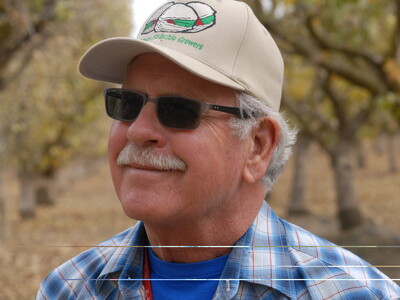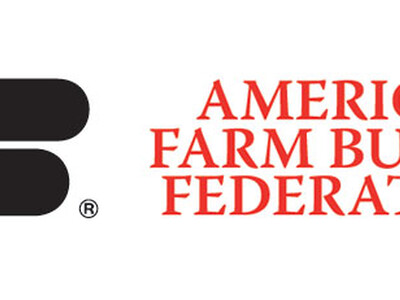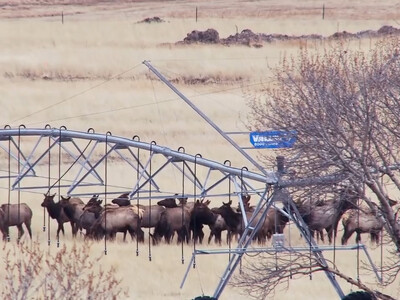Dogs and Traps
So you are out in the wilderness hunting with your beloved retriever or you're just taking a hike in the woods with the family pet. Imagine the worst possible scenario. Either your dog disappears or you hear a bloodcurdling yelp. One very possible scenario is that your dog got into a trap that had been placed near a trail and had been baited. It seems so obvious to be aware of traps but sometimes the obvious isn't so obvious. Idaho's Department of Fish and Game sent out an email saying: "Hunters and other dog enthusiasts now have another reason to attend the 20th annual Premier Rattlesnake Avoidance Training for Dogs event. Idaho Fish and Game officers will be holding a trap awareness seminar as part of the day's events."They also included a link to a video which is very informative about traps. Listen to a few seconds. "It is helpful to be aware of the likely places that trappers may set their traps. Trappers capture beavers and otters with large, conibear traps in and near rivers and streams. You may see flagging, stakes coming out of the ground or water and other sign that seems out of place. Trappers will also set smaller foothold traps or smaller conibear traps on floats or along the shore for mink or muskrat. In desert country, trappers look for rock outcrops or canyon rims to set bobcat traps. Traps can be found in many areas but are usually placed where it is most likely that animals are traveling. Trail junctions, mountain saddles, game trails, rock piles, creek bottoms and a long the edges of meadows and rivers. Be aware of your surroundings when you are out with your dog and look for signs of traps in the area. If you think there are traps around, use caution and put your dog on a leash.















